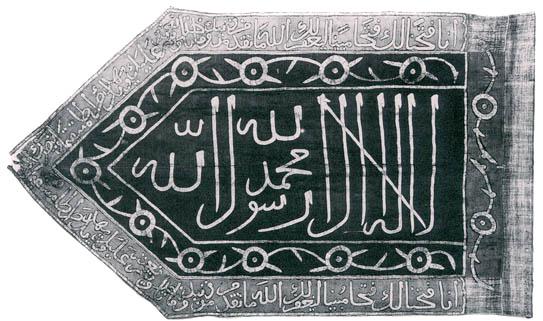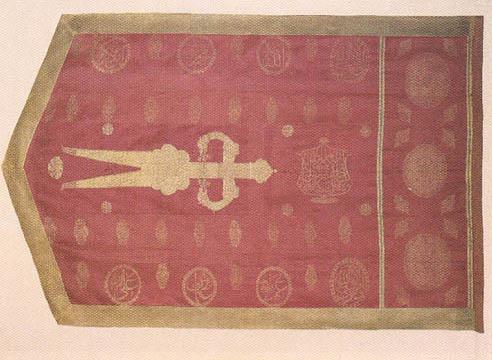
Amazon Audible Gift Memberships

The flag is a visual symbol of state. Turks created states with imperial dimensions extending over substantial parts of Asia, Europe and North Africa. As the Turkish peoples were changing from a nomadic to a settled way of life, traditional nomadic features were used to secure the idea of an empire.
Flags were know to be used by Turkish nomadic tribes in Central Asia, predominantly in blue and red. The main flag was surmounted by a horse-tail or yak-tail. Each of the twenty-four tribes of Oghuz Turks had its own emblem.
Very little is known of the Seljuk flags, whereas hundreds of Ottoman flags can be found in the Topkapi Museum, the Army Museum, the Maritime Museum, as well as museums in Vienna, Cracow, Turin, Florence, Venice, Dresden, Berlin, Karlsruhe, St. Petersburg, and Budapest. The number of types and sizes of Ottoman flags is enormous. Red, crimson, purple, green, yellow, and white (and their combinations) were used. Turks used plain wool or cotton fabrics for their banners, changing to silk or brocaded textiles in the fifteenth century.




